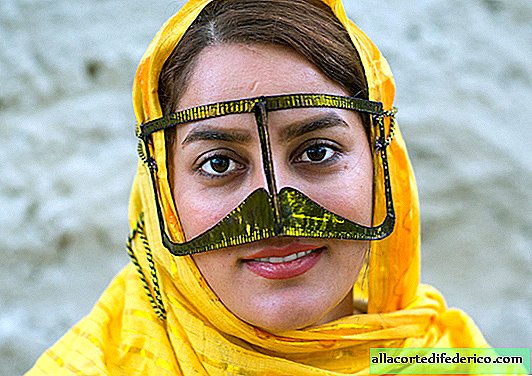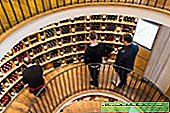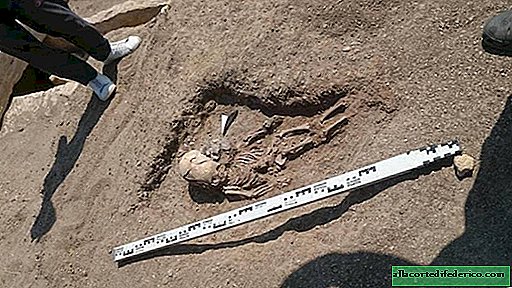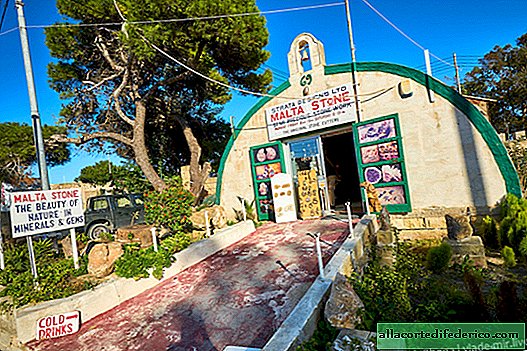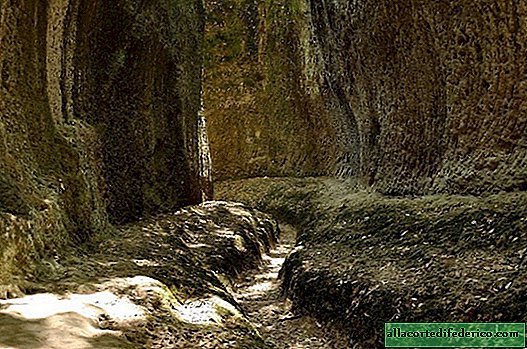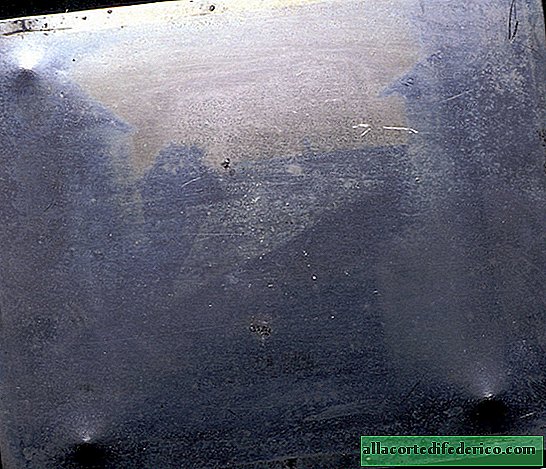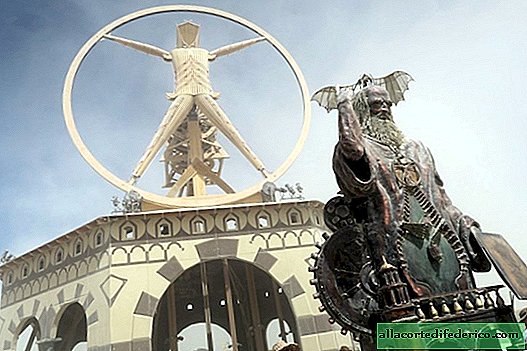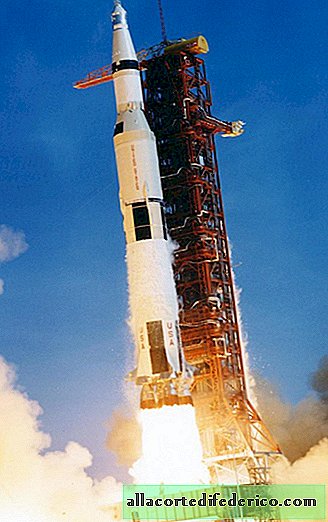Swarovski artificial crystals: what is the secret of the company's incredible prosperity
Many people associate the Swarovski name with jewelry and fashion shows. Meanwhile, Swarovski is a whole complex of enterprises that includes the production of high-precision optical products, unique faceting tools, as well as a crystal museum, which is annually visited by about 700 thousand tourists who come to Austria.

The history of the development of this company can serve as a guide for organizing a sustainable family business, the prosperity of which is based on the development of new technologies and a skilled marketing strategy. The Austrian company Swarovski AG was founded by Daniel Swarovski, who came from a family of hereditary crystal cutters. He became interested in the tool cut of crystal, and after several years of work, in 1892, he managed to create and patent the world's first electric cutting machine. This invention took crystal cutting to a new level, and the company, founded by Swarovski in 1895, quickly achieved prosperity.
 Daniel Swarovski
Daniel SwarovskiOver time, Daniel Swarovski, together with his sons, developed the optimal composition of ingredients for the production of high-quality crystal. Crystal is a special type of glass with a high content of lead oxide (PbO). This component increases the refraction of light and gives unique crystal shine to crystal products. The Swarovski family team managed to create such a crystal, the composition of which is still kept secret and is a production secret.

By the end of the 30s of the XX century, the Austrian company Swarovski managed to become a leader not only in the European jewelry market, but also to gain a foothold in the US market. However, unpleasant moments in the history of the company are associated with the outbreak of World War II. Members of the Swarovski family actively collaborated with the Third Reich and held leadership positions in the friendly Nazi regime of Austria. The company's factories were redesigned to produce high-precision optical instruments for the German army, thereby ensuring the safety of production and even its prosperity during the war years. But even after the defeat of Austria and Germany, Swarovski company managed to maintain its business by skillfully using innovative equipment and unique technologies in the production of optics for military needs. In the second half of the 20th century, in addition to the traditional production of crystal crystals, the company began cutting precious stones, and also improved its production of optical instruments.

Today, Swarovski is still owned by members of the Swarovski family and includes several production facilities. The company is actively developing, introducing innovative technologies and expanding the scope of its activities, however, without moving away from its main theme - crystal production. The core of the company is the production of synthetic gems, including unique colored crystals created using the technology of Manfred Swarovski, the grandson of the founder of the company. In addition, the Swarovski group of companies produces optical instruments, abrasive and cutting materials, crystal chandeliers and road signs, which have a reflective and fluorescent coating. Another important part of the family business is the stunning crystal museum located in the Austrian commune of Wattens, near Innsbruck.

This unusual museum, founded in 1995, is located underground, and the entrance to it is decorated with a huge green head of a giant with a fountain flowing from his mouth. Going down the glass stairs, visitors to the museum find themselves in the fabulous atmosphere of the magical realm of crystals. Here you can visit a restaurant, shop and admire stunning sculptures made using Swarovski crystals. In the same muse is the Guinness Book of Records record holder - the largest of Swarovski crystals, which has a mass of 310,000 carats and a diameter of 40 centimeters.




